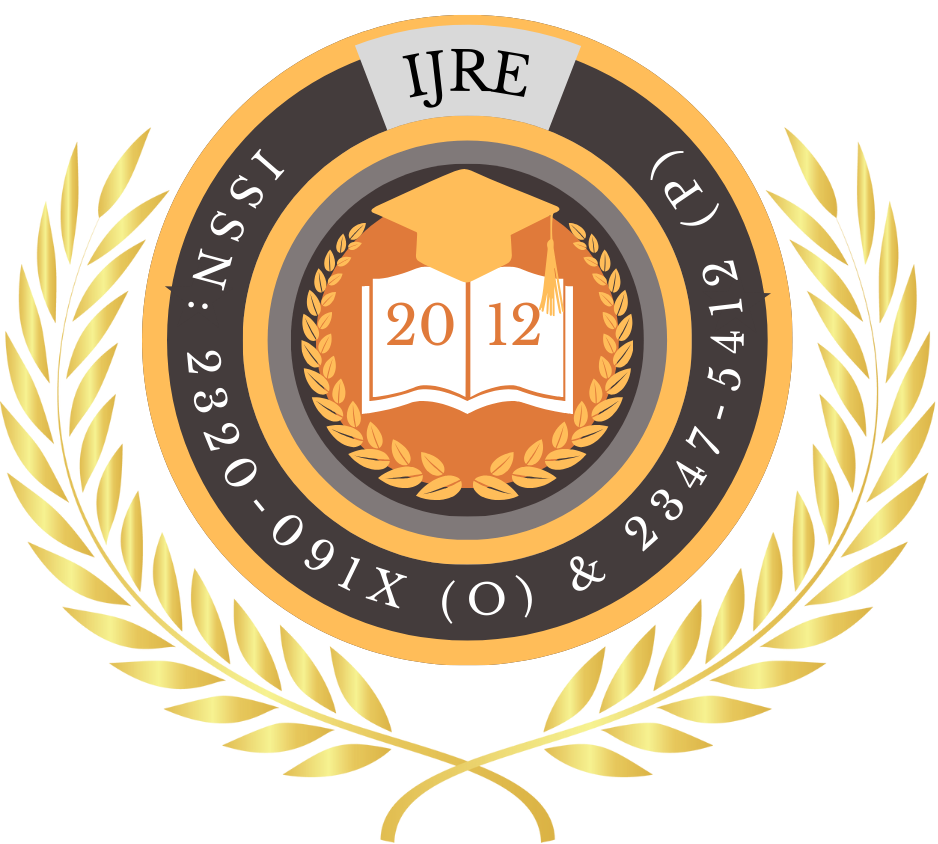![]()
Certificate: View Certificate
Published Paper PDF: View PDF
DOI: https://doi.org/10.63345/ijre.v14.i9.6
Er. Priyanshi
Indian Institute of Information Technology Guwahati (IIITG)s
Assam, India priyanshi@iitg.ac.in
Abstract
This study delves deeply into the multifaceted dynamics of student collaboration within virtual group projects, situating the inquiry against the backdrop of rapid expansion of online and blended learning modalities. Over the past decade, educational institutions have increasingly integrated group-based online assignments, positing that such activities foster critical 21st‑century skills—communication, teamwork, digital literacy, and self‑regulated learning. Yet, empirical evidence suggests that learners’ experiences vary widely, influenced by technological infrastructure, instructional design, social dynamics, and individual readiness. To elucidate these factors, we conducted a comprehensive survey of 200 undergraduate students across business, engineering, humanities, and social sciences, probing their perceptions of communication efficacy, role clarity, task coordination, technology proficiency, and group cohesion. Through rigorous quantitative analyses—including descriptive statistics, correlation matrices, and hierarchical regression models—we identified that clearly defined communication protocols and explicit role assignments are the strongest predictors of student satisfaction and perceived learning gains. Conversely, recurrent technical difficulties, imbalanced participation, and insufficient social bonding emerged as persistent challenges that undermine equitable engagement and project quality. Drawing on these findings, we propose a set of evidence‑based instructional strategies—such as scaffolded role templates, blended synchronous/asynchronous meeting structures, targeted technology orientation sessions, and structured social ice‑breakers—to optimize virtual collaboration experiences. These recommendations aim to guide educators, instructional designers, and institutional policymakers in crafting robust, inclusive, and pedagogically sound virtual group projects. Future research directions include longitudinal studies to track the long‑term impact of these interventions on learner outcomes and cross‑disciplinary comparative analyses to refine best‑practice guidelines.
Keywords
Virtual Group Projects, Student Collaboration, Online Teamwork, Communication Protocols, Role Clarity
References
- Arbaugh, J. B. (2014). System, faculty, and student influences on learner satisfaction and outcomes in online MBA courses. Academy of Management Learning & Education, 13(1), 99–119.
- Bean, J. C. (2011). Engaging Ideas: The Professor’s Guide to Integrating Writing, Critical Thinking, and Active Learning in the Classroom (2nd ed.). Jossey‑Bass.
- Bliuc, A.‑M., Ellis, R. A., & Goodyear, P. (2011). Research focus and methodological choices in studies into students’ experiences of blended learning in higher education. The Internet and Higher Education, 15(1), 20–29.
- Brindley, J., Walti, C., & Blaschke, L. M. (2009). Creating effective collaborative learning groups in an online environment. The International Review of Research in Open and Distributed Learning, 10(3), 1–18.
- Cho, M.‑H., & Tobias, S. (2016). The influence of cognitive styles on student collaboration satisfaction in virtual teams. Journal of Educational Computing Research, 55(8), 1143–1167.
- De Laat, M., & Lally, V. (2003). Complex networks of learning and professional development: The use of ICT in higher education. British Journal of Educational Technology, 34(3), 379–391.
- Garrison, D. R., Anderson, T., & Archer, W. (2000). Critical inquiry in a text‐based environment: Computer conferencing in higher education. The Internet and Higher Education, 2(2–3), 87–105.
- Hew, K. F., & Cheung, W. S. (2014). Students’ and instructors’ use of massive open online courses (MOOCs): Motivations and challenges. Educational Research Review, 12, 45–58.
- Johnson, D. W., & Johnson, R. T. (2009). An educational psychology success story: Social interdependence theory and cooperative learning. Educational Researcher, 38(5), 365–379.
- Kear, K. (2010). Social networking in higher education. The International Handbook of E‑Learning, 558–572.
- Laal, M., & Ghodsi, S. M. (2012). Benefits of collaborative learning. Procedia – Social and Behavioral Sciences, 31, 486–490.
- Lai, K.‑W., & Pratt, K. (2004). Learning space design and its impact on students’ learning. International Journal of Learning, 10(10), 437–442.
- Liang, J.‑C., Tsai, C.‑C., & Chen, Y.‑C. (2011). Developing a climate for online collaborative problem solving in science education. Computers & Education, 56(2), 273–277.
- Mason, R., & Rennie, F. (2008). E‑Learning and Social Networking Handbook: Resources for Higher Education. Routledge.
- McInnerney, J., & Roberts, T. S. (2005). Online learning: Social interaction and the creation of a sense of community. Educational Technology & Society, 8(3), 90–95.
- McLoughlin, C., & Lee, M. J. W. (2008). Future learning landscapes: Transforming pedagogy through social software. Innovations in Education and Teaching International, 45(3), 281–292.
- Palloff, R. M., & Pratt, K. (2011). The Excellent Online Instructor: Strategies for Professional Development. Jossey‑Bass.
- Salmon, G. (2013). E‑tivities: The Key to Active Online Learning (2nd ed.). Routledge.
- Swan, K. (2004). Relationships between interactions and learning in online environments. The Internet and Higher Education, 7(1), 73–89.
- Zhang, D., Zhao, J. L., Zhou, L., & Nunamaker, J. F. (2004). Can e‑learning replace classroom learning? Communications of the ACM, 47(5), 75–79.
